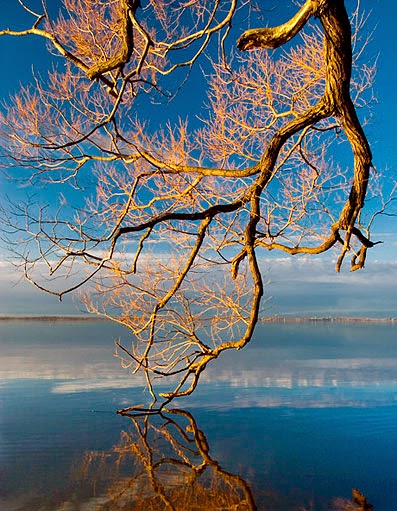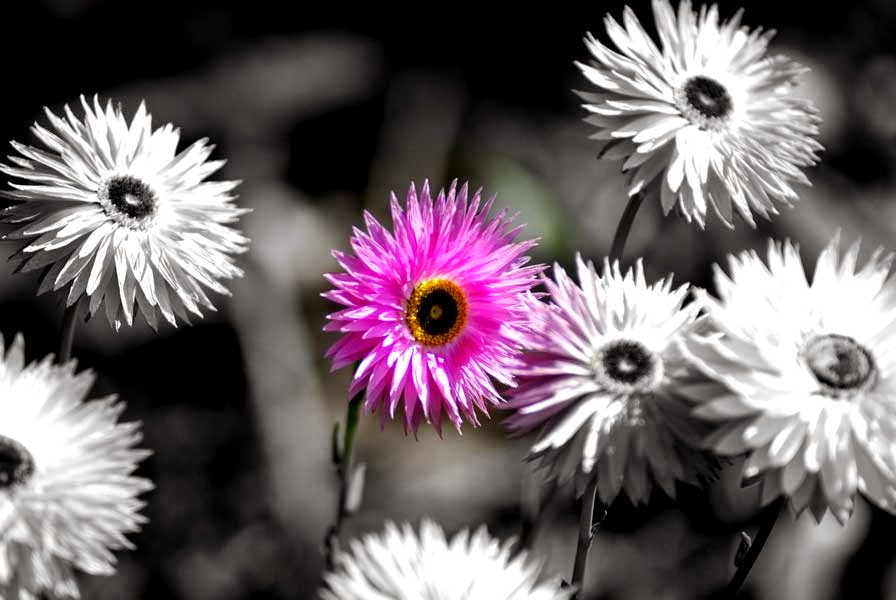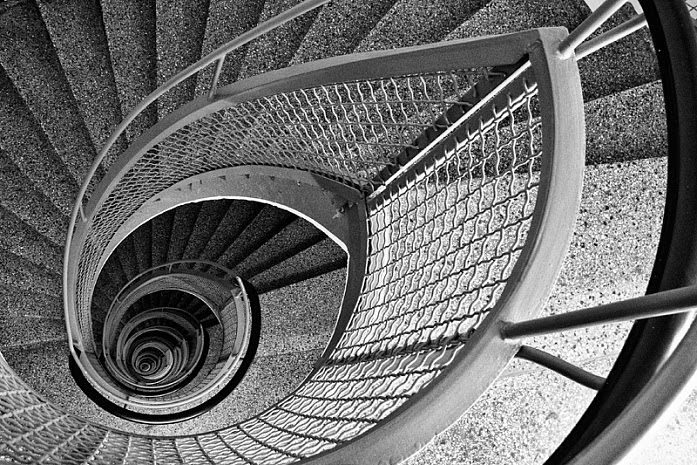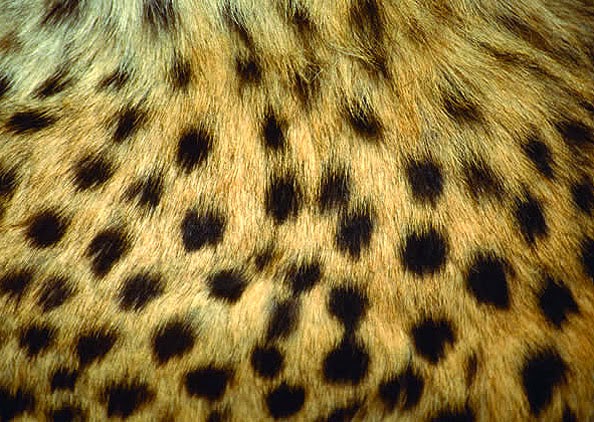Principles:

1. Balance- As a basic principle of art (specifically of design), the definition of balance refers to the ways in which the elements (lines, shapes, colors, textures, etc.) of a piece are arranged. For a photo to show balance, all the elements in the photo must have equal importance and not outweigh the other.
Source: (http://photo.net/photo-of-the-week-discussion-forum/00DSYM)
2. Pattern- Patterns, both natural and man-made, bring a sense of visual rhythm and harmony to photographs that, like a series of repeating notes in a melody, capture the imagination. Patterns appear whenever strong graphic elements—lines, colors, shapes, or forms—repeat themselves. Pattern in a photo can be shown through repetition or lack of differing elements.
Source: (http://chiaroscurophotoblog.blogspot.com/2010/06/patterns-and-textures.html)

3. Rhythm- Rhythm is the repetition or alternation of elements, often with defined intervals between them.
Rhythm can create a sense of movement, and can establish pattern and texture. A photo with rhythm can appear as if it is about to come to life.
Source: (http://www.gardendesignexposed.com/rhythm_and_motion.html)
4. Contrast- Contrast is defined as the separation between the darkest and brightest areas of the image. Increase contrast and you increase the separation between dark and bright, making shadows darker and highlights brighter. The contrast in a photo is characterized by two competing elements almost in a battle of importance.
5. Unity- A principle of art, unity occurs when all of the elements of a piece combine to make a balanced, harmonious, complete whole. Unity in a photo shows all the elements working together visibly.
Source: (http://www.pxleyes.com/photography-picture/4b8d75fed90ac/Unity---.html)

6. Emphasis- A principle of art which occurs any time an element of a piece is given dominance by the artist.
For a photo to show contrast, one element must stand out far above the others.
Source: (http://indiandigitalartists.com/photography-course-online/composition-rules-in-photography-2/)
7. Movement- the path the viewer’s eye takes through the artwork, often to a focal area. It can be directed
along lines, edges, shapes and color. Movement is closely tied to rhythm. Movement is a photo takes the viewer on a predesigned course for the eye to follow.
Source: (https://sites.google.com/site/principlesofdesignsite/home/rhythm-movement)
Elements:
1. Line- lines within an image that leads the eye to another point in the image, or occasionally, out of the image. This could include rule of thirds composition or lines in the image that guide the viewers eyes.
Source: (http://digital-photography-school.com/rule-of-thirds/)

2. Shape- Shape is a two-dimensional element basic to picture composition and is usually the first means by which a viewer identifies an object within the picture. Shape can be formed using elements in the photo or lack thereof.
Source: (http://mackenzienmurphy.weebly.com/14/post/2012/10/shape-photography-examples.html)

3. Form- Form is one of the seven elements of art. At its most basic, a form is a three-dimensional geometrical figure (i.e.: sphere, cube, cylinder, cone, etc.), as opposed to a shape, which is two-dimensional, or flat. This could be one element of the photo that dominates or gives an overall structure.
Source: (http://www.phonearena.com/news/Juxts-Lumia-920-Windows-Phone-Challenge-proves-mobile-photography-is-a-true-art-form-now_id44300)

4. Color- That aspect of things that is caused by differing qualities of the light reflected or emitted by them. Color is one of my favorite elements to work with in a photograph.
Source: (Lauren Nicole Photography)
 5. Space- An element of art, space refers to distances or areas around, between or within components of a piece. Space can be positive (white or light) or negative (black or dark), open or closed, shallow or deep and two-dimensional or three-dimensional. Sometimes space isn't actually within a piece, but the illusion of it is. When taking pictures, I like to leave most of the space in my pictures empty.
5. Space- An element of art, space refers to distances or areas around, between or within components of a piece. Space can be positive (white or light) or negative (black or dark), open or closed, shallow or deep and two-dimensional or three-dimensional. Sometimes space isn't actually within a piece, but the illusion of it is. When taking pictures, I like to leave most of the space in my pictures empty. Source: (https://www.flickr.com/photos/leecullivan/122271605/)

6. Texture- Texture helps to emphasize the features and details in a photograph. By capturing "texture" of objects being photographed, you can create form. texture can make an incredibly simple photo unique.
Source: (http://www.wild-vision.com/home/jb_wild/texture/texture1.html)

7. Value- Level of brightness of pixel or color as defined in HSV (Hue Saturation Value) color space. I tend to prefer a lighter exposure to a darker one.
Source: (http://www.picturecorrect.com/tips/understanding-exposure-value-in-photography/)





No comments:
Post a Comment